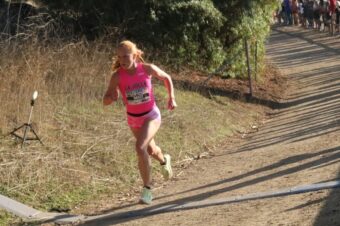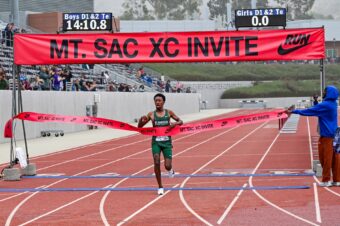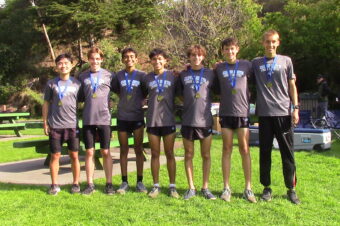

Young Athletes at Risk of Overtraining
LEVELUP INSIDERS October 1, 2012 Tim Rudd 0

Training Time
In the last issue I discussed how CrossFit and similarly styled programs work. Each day the goal is complete physical exhaustion; either through maximal reps, maximal weight, maximal speed, or some combination of all three. This is detrimental to your athletes’ performance, athletic career and health. Lets explore how Young Athletes are at Risk of Overtraining.
A concept that is not talked about enough in relation to your athlete’s daily schedule is overtraining.
Think about this for a minute.
They wake with inadequate sleep, go to school all day, then go to practice, then go train and finally they get home and have homework. So maybe they get 6 hours sleep, if they’re lucky.
Their nutrition is probably like the typical teen, no breakfast and mostly junk throughout the day, and maybe at dinner they get a healthy meal.
Add all this to the problem discussed above with training programs that just beat the crap out of your athletes, and you have an athlete on the verge of being one who is over trained or is already there.
Monitoring all these stresses, as well as the current state of your young athlete, are important factors in the management of volume and intensity within their training programs.
Overtraining is the chronic inability of the body to adapt properly to the stress imposed upon it through the physical and mental demands of training. This happens when the body is under more stress than it has the ability to adjust to.
Over time the result is a general breakdown in the different systems that regulate the body.
There are three general categories of overtraining that relate to which branches of the body’s nervous system primarily affected by excessive stress. This is broken into sympathetic, parasympathetic and central nervous system overtraining.
Sympathetic overtraining is probably the most common type of overtraining. This usually occurs in athletes who are exposed to excessive amounts of strength training and explosive-power/anaerobic-dominant type exercises without giving their bodies a chance to recover. It’s correlated with mental stress as well.
When these activities are done with more volume and intensity than the athlete can adapt to, sympathetic overtraining results.
Symptoms to look for in your athlete are disturbed sleep patterns, loss of appetite/weight loss, increased resting heart rate, irritability, fatigue and a decrease in performance. This is a very dangerous state for your athletes as they are at a much higher risk for injury as well.
Parasympathetic overtraining is much more commonly seen in endurance type athletes and high volume sports, and typically results from an excessive volume of aerobic activities.
Athletes in this state will feel tired, lethargic, heavy; and they may often feel depressed or unmotivated to train or compete at all. There is a decrease in resting heart rate and they feel like they just want to sleep all the time.
The final category is Central Nervous System overtraining. This type of overtraining occurs primarily from a chronic overload of activities that place a high demand on the central nervous system.
Exercises and activities such as maximum effort strength training (90% of 1RM above); high intensity plyometric, explosive speed and power drills, such as sprints and jumps, etc., are all very taxing on the CNS and can lead to this type of overtraining when performed with too much frequency, volume and intensity.
Understanding the causes and symptoms of the different kinds of overtraining is an important first step to preventing it. But the best prevention comes from a properly designed program for your athlete that takes the above factors into consideration, as well as eating properly, getting enough rest, and avoiding mental stress.
[bsa_pro_ad_space id=19]









No comments so far.
Be first to leave comment below.